In the News
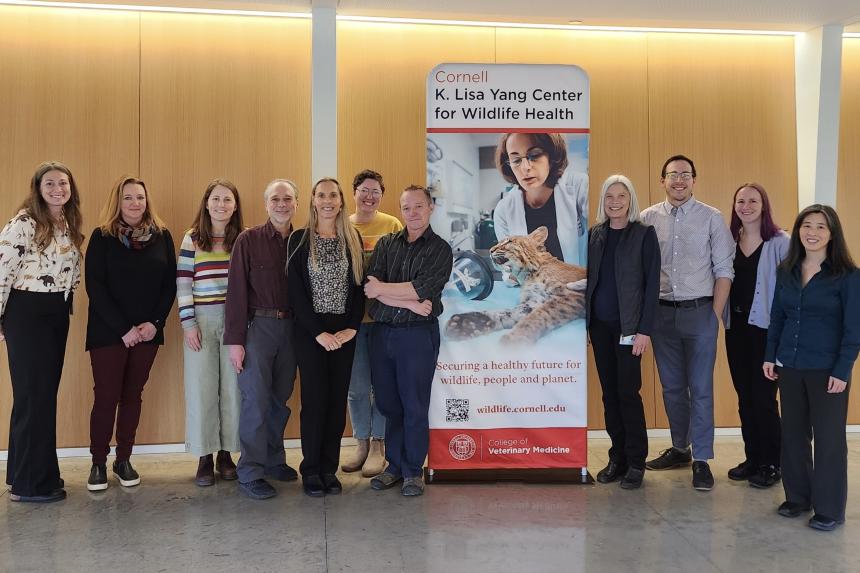
May 29, 2025
On March 28, 2025, the Cornell K. Lisa Yang Center for Wildlife Health launched its inaugural Cornell K. Lisa Yang Distinguished Speaker Series, highlighting the center’s commitment to advancing One Health.
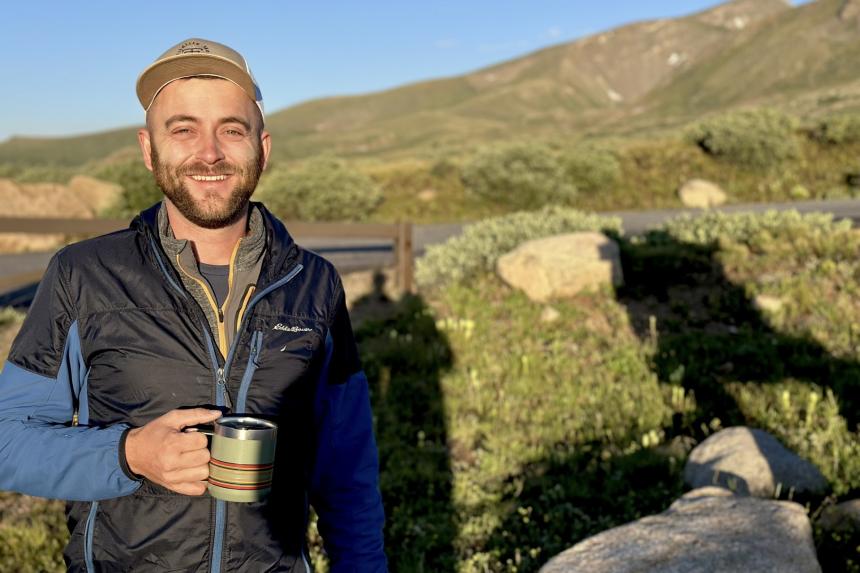
News
May 28, 2025
J. Hunter Reed, MPH, DVM ‘20, entered veterinary school at Cornell University with the goal of becoming a veterinarian for dairy cows. While he focused his clinical training in production animal medicine, his experiences led to a strong interest in population health on a larger scale....
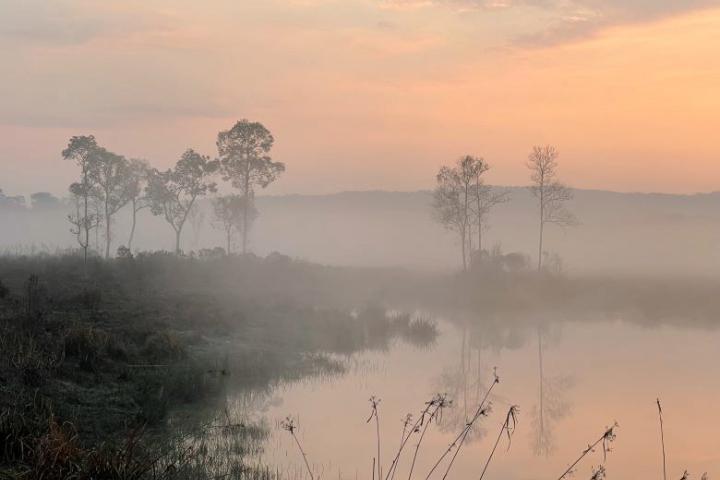
May 21, 2025
by
Martin Gilbert
The sun had long since submerged beneath the tree line, and the Bueng Pan ranger station was settling in for the evening. Smoke from the kitchen fire drifted over the grassland, and a radio burbled away to itself happily in Thai....
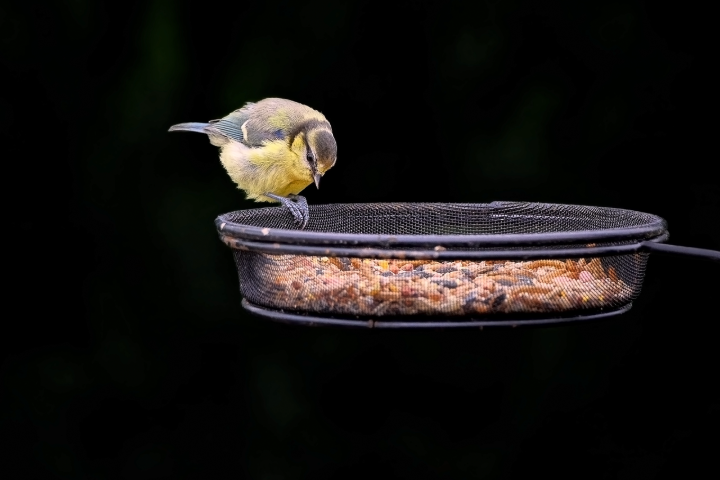
May 20, 2025
As bird flu continues to spread, Dr. Krysten Schuler of the Cornell Wildlife Health Lab offers expert advice on best practices for bird enthusiasts to maintain a safe, healthy feeder this spring.
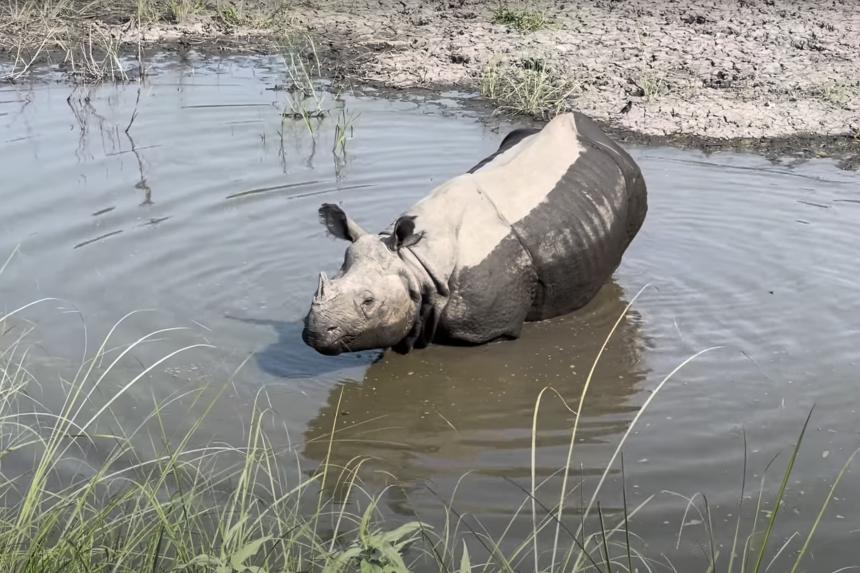
Video
May 16, 2025
While conducting fieldwork to safeguard the future of rhinos, Dr. Martin Gilbert, wildlife veterinarian and epidemiologist, encountered this greater one-horned rhino enjoying the water in Chitwan National Park, Nepal.
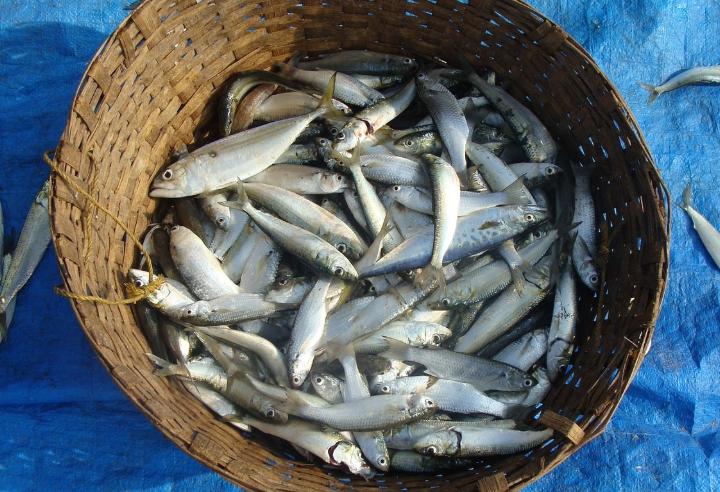
May 15, 2025
Cornell's Sebastian Heilpern and Kathryn Fiorella provide expert insight on sustainable fish and seafood choices.
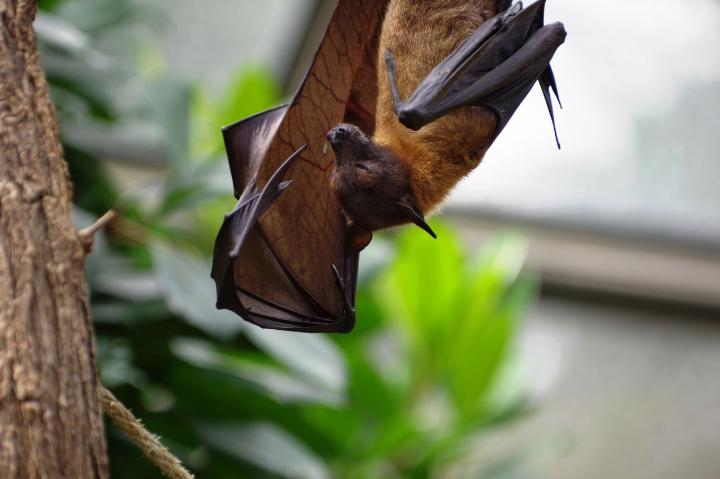
May 13, 2025
Cornell researcher Raina Plowright and colleagues recently found that habitat disruption and dietary changes in bats can increase their risk of spreading disease.
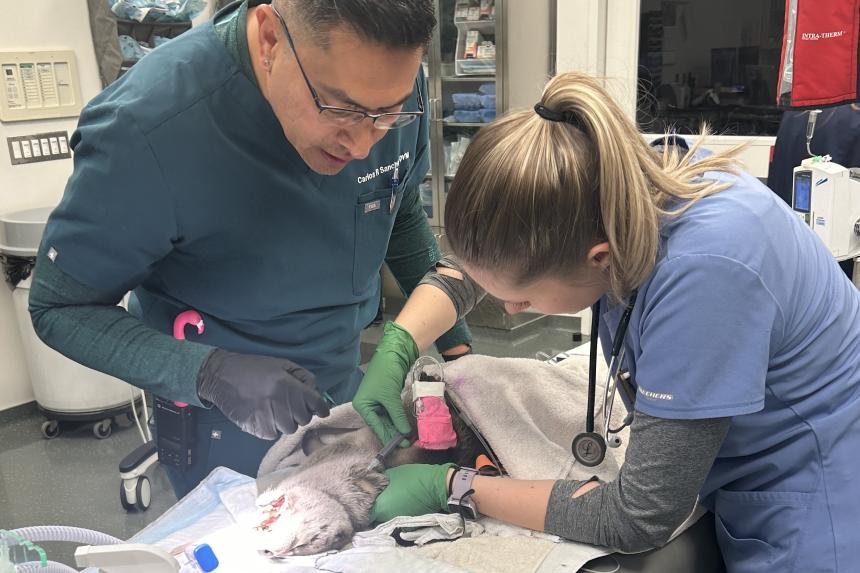
May 07, 2025
I entered veterinary school with a strong interest in pursuing a career in zoological medicine. Over the past few years, I’ve been committed to exploring various aspects of the field and making the most of the many opportunities Cornell has to offer....
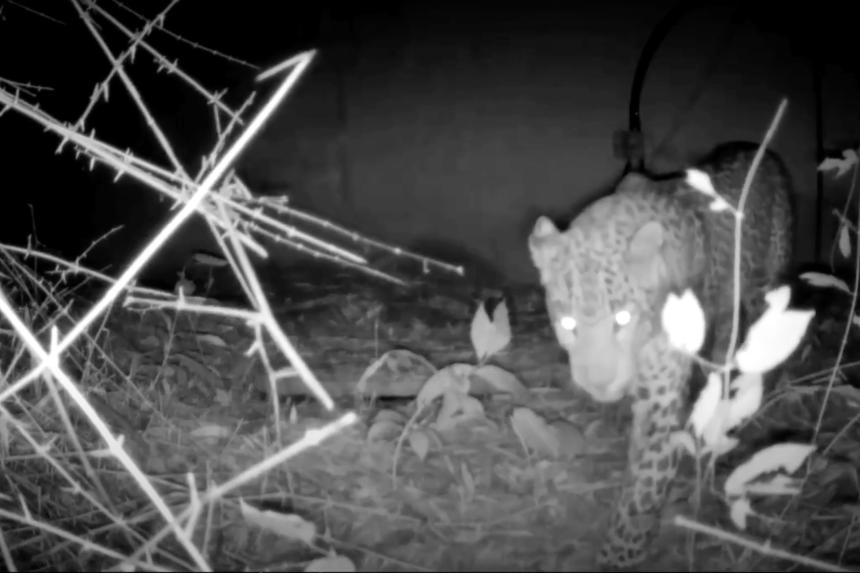
Video
April 30, 2025
You are never far from a leopard in rural Nepal! On his first night in the field, our Wild Carnivore Health Specialist, Dr. Martin Gilbert, captured this footage of a nocturnal visitor while testing camera traps behind his hotel room!
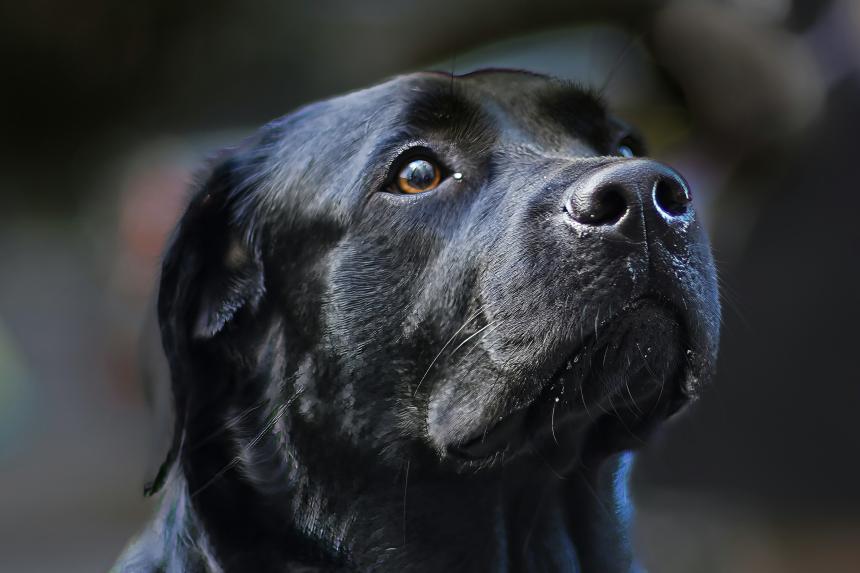
April 30, 2025
On February 11-12, 2025, Dr. Pete Coppolillo, Executive Director of Working Dogs for Conservation (WD4C), was welcomed to Cornell University as a special guest speaker to discuss how dogs are helping to further conservation efforts.
